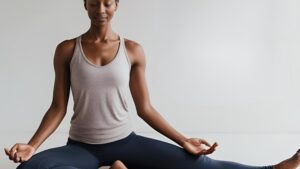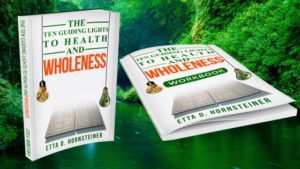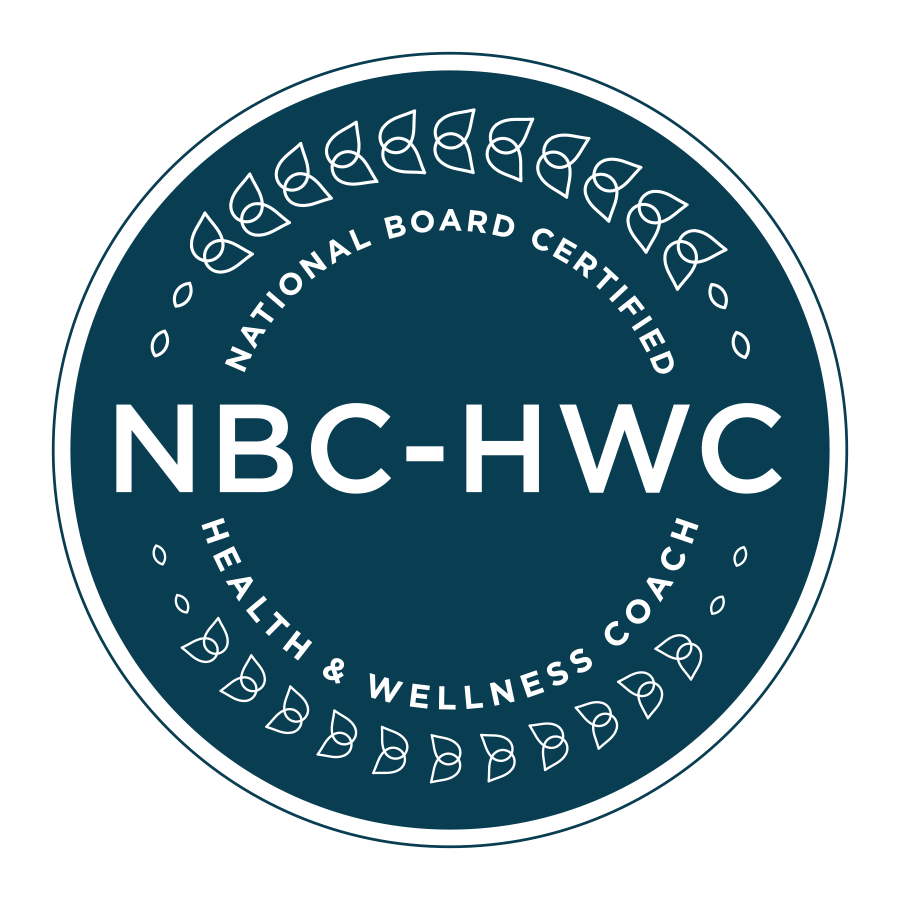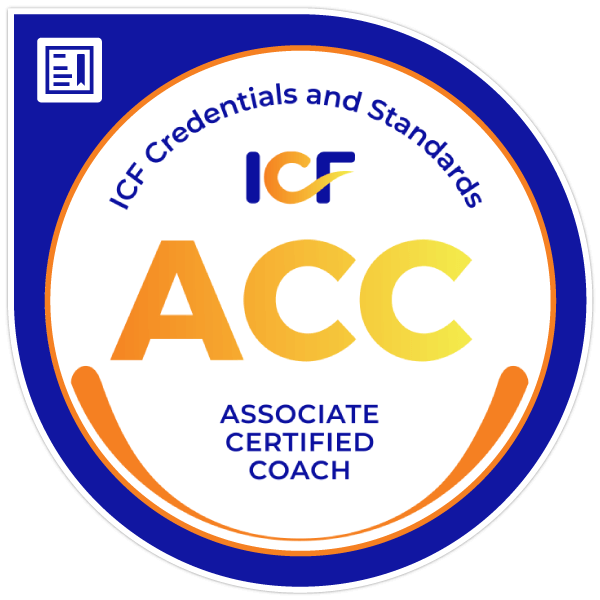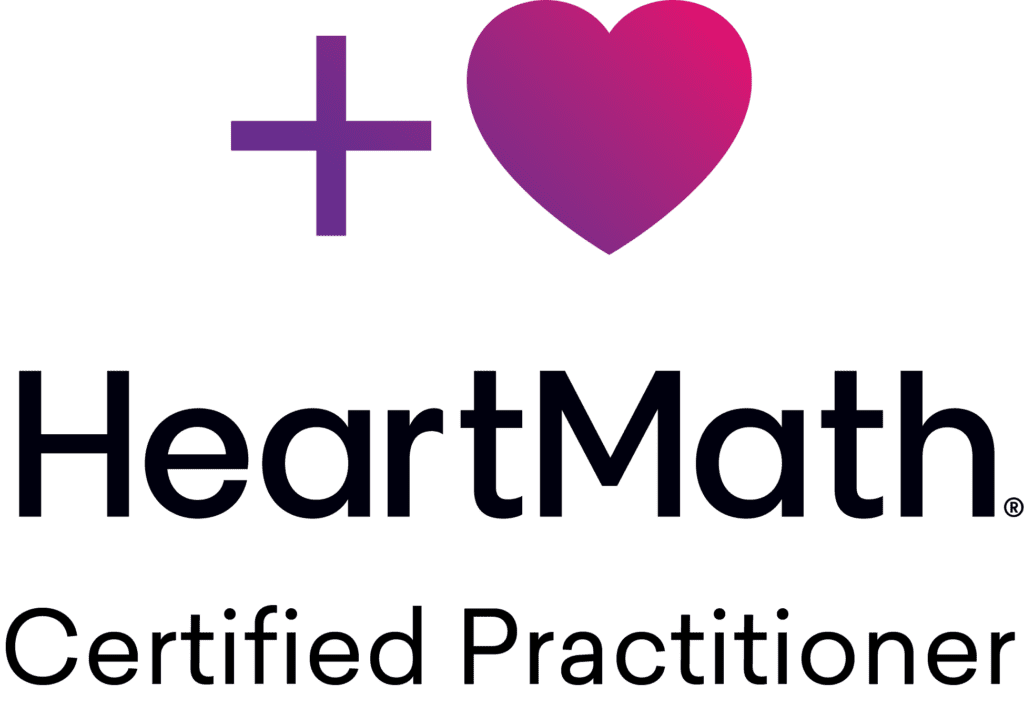Before the COVID-19 pandemic, we had already heard warnings about the dangers of sitting too much. Some even called sitting “the new smoking.” Many people were sitting for six or more hours a day. When the pandemic hit, remote work made sitting even more common. Some people tried to solve the problem by using standing desks. That helped, but research has shown that standing too long also has negative effects.
So now we know that both sitting and standing for long periods can harm our health. What’s the answer?
A recent study (Ezimamaka et al., 2025) reminds us that sitting too much increases the risk of heart problems—especially for people who aren’t physically active. And even those who do exercise regularly are still at risk if they sit too long without moving. One of our own LiveLiving bloggers found this to be true.
Should we just stand instead of sit?
Not quite. Waters and Rick (2015) found that standing too long—two hours or more without a break—can cause back and leg pain, tiredness, and even health problems during pregnancy. So clearly, the solution is not constant standing either.
What’s in between sitting and standing? The answer is movement according to Nature Reviews Cardiology.
The Difference Between Movement and Exercise for a Healthier Life
Movement is any physical activity your body does—whether you plan it or not—that gets you out of a still or sitting position. It could be something small or simple.
Examples of movement include:
- Walking to get the mail
- Stretching after waking up
- Doing chores or gardening
- Pacing while thinking
- Standing up to reach for something
The purpose of movement is to keep your body flexible and working well. It helps your blood flow, supports your metabolism, and protects your joints. It’s about staying active in everyday life.
Exercise is a little different. It’s planned, structured, and repeated to help improve your fitness or health.
Examples of exercise include:
- Going for a run
- Joining a yoga or fitness class
- Lifting weights
- Riding a bike for 30 minutes
Physical exercise has a goal—maybe to get stronger, improve heart health, or become more flexible.
In simple terms: movement is natural and part of daily life. Exercise is more focused and goal-driven.
But in the fast-paced world we live in, these words can feel heavy. For some people, movement never stops. Life feels like a race, and slowing down might reveal just how tired we really are. Some of us fear rest because we think we can’t afford to stop. Others link rest to laziness or guilt, especially if we were taught to always work hard and stay busy.
And exercise? That word can come with its own baggage.
Reframing Exercise: Embracing a Healthier Life
Exercise can feel hard for many of us—not just physically, but emotionally too. Some people see it as something they must do to fix a problem. For others, it’s tied to guilt or shame. You might think you have to “earn” rest or feel like you don’t deserve to enjoy your body unless it looks a certain way.
Others used to love exercise but stopped because of illness, injury, or a life change. Returning to it can feel like facing a version of yourself you no longer know.
Some avoid it completely because it feels like failure waiting to happen. It can seem too hard or too far from where they are now.
Still, some push themselves too much—using exercise to hide from pain. It becomes more about control than care.
But exercise was never meant to punish us. It was never meant to prove our worth.
At its best, exercise is movement with purpose.
It is rhythm. It is ritual. It is a way of remembering what our bodies can do—not to compare with others, but to reconnect with ourselves.
To reframe exercise is to begin healing the broken relationship between our bodies and our souls. It’s choosing to see movement as care for the temple, not just conditioning.
This change happens in a liminal space—the “in-between” where old beliefs are being let go and new ones are forming. It’s the space where transformation begins.
In this place, exercise isn’t about tracking numbers or chasing results. It becomes a conversation between your body and spirit, an invitation to come back to yourself with kindness.
Embracing Spiritual Rhythm for a Healthier Life
This in-between space might feel strange at first. You’re not who you were, and you’re still becoming who you’re meant to be. That’s the work of liminal space—to pause long enough for your heart to catch up with your body.
Here, exercise becomes a spiritual rhythm—a way to tend to the temple of your body, to celebrate life, and to move not from guilt, but from grace.
To reframe exercise in this way is more than physical healing.
It is whole-person transformation.
It is where restoration begins.
It is where freedom lives.
REFERENCES
Ajufo, E., Kany, S., Rämö, J. T., Churchill, T. W., Guseh, J. S., Aragam, K. G., Ellinor, P. T., & Khurshid, S. (2025). Accelerometer-measured sedentary behavior and risk of future cardiovascular disease. Journal of the American College of Cardiology, 85(5), 473-486.
https://doi.org/10.1016/j.jacc.2024.10.065
Dunstan, D.W., Dogra, S., Carter, S.E. et al. Sit less and move more for cardiovascular health: emerging insights and opportunities. Nat Rev Cardiol 18, 637–648 (2021). https://doi.org/10.1038/s41569-021-00547-y
Case, M. (2015). The cost of a sedentary lifestyle. LiveLiving. https://liveliving.org/sedentary-lifestyle/
Waters, T. R., & Dick, R. B. (2015). Evidence of health risks associated with prolonged standing at work and intervention effectiveness. Rehabilitation Nursing, 40(3), 148-165. https://doi.org/10.1002/rnj.166

